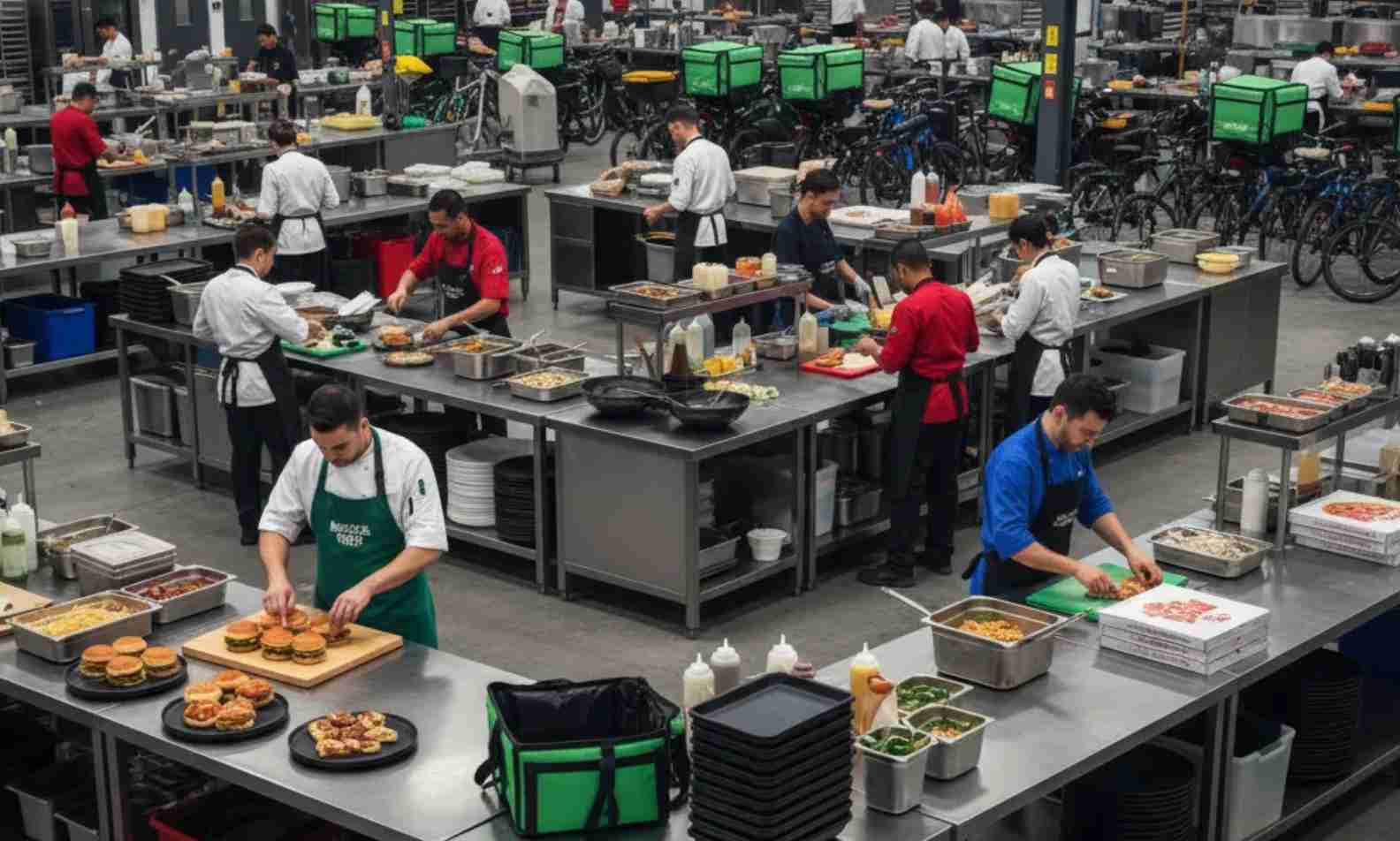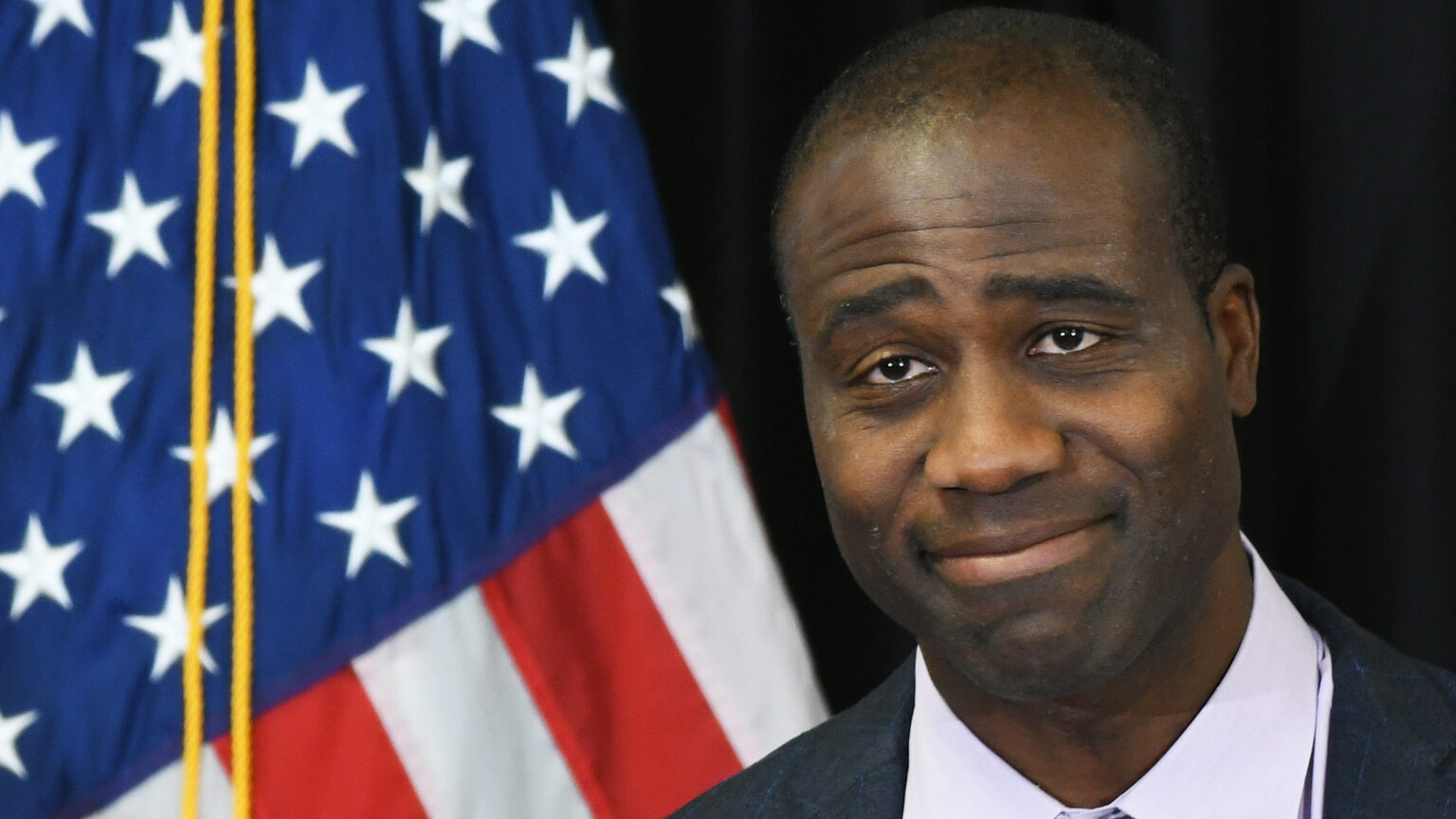Harris began searching for his first real job months before graduating from UC Davis this spring. On paper, his résumé looked impressive: a paid internship with a civic-consulting group, years of volunteer work with environmental organizations, hands-on experience in farms, parks, and offices, a near-perfect GPA, and glowing recommendation letters. He was ready to move anywhere on the West Coast, even live out of his car if necessary. He wasn’t picky—he’d accept part-time, temporary, or seasonal work, anything at all, from filing paperwork to digging ditches, if it meant building a career protecting California’s environment and public lands.
He submitted 200 applications. He got 200 rejections. Or, as he clarified, he “didn’t get rejected 200 times.” Most companies never even responded.
Millions of job seekers are in the same situation. Despite strong corporate earnings, a 4.3 percent unemployment rate, and rising wages, hiring has stalled. Payroll numbers have been frozen for four months, with the hiring rate at its lowest level since the sluggish recovery after the Great Recession. Not long ago, employers were adding four or five workers for every 100 on payroll. Now that number has dropped to just three.
Meanwhile, finding work has turned into a frustrating modern ordeal. Online hiring tools make job postings more visible but securing one more elusive. Applicants send out hundreds of AI-polished résumés while companies use algorithms to sort through them. The job market now feels eerily like online dating—lots of swiping, very little connection.
Each time Harris opened LinkedIn or Indeed, he would see dozens of opportunities that looked promising. He would carefully read the posting, rework his résumé, write a personalized message, answer screening questions, click “Send,” and wait. Then nothing—again and again.
Others describe the same ordeal. In Virginia, a paralegal named Martine lost her job with a government contractor in April. She scoured postings at nonprofits, consultancies, law firms, and universities. She filled out dozens of applications and occasionally advanced to a second interview round, but offers never came. “I have 10 years of experience,” she said. “I would be happy if a person told me no at this point.”
Employers are also navigating a changed system. They’re swamped with countless unsuitable applications mixed with a few solid ones. Instead of reviewing stacks of résumés, many rely on AI. A survey of HR leaders by Boston Consulting Group showed companies now use artificial intelligence to draft job postings, review résumés, schedule meetings, and screen candidates. Some even deploy chatbots to conduct interviews—candidates log into a Zoom-like system, answer questions from an avatar, and get assessed by an algorithm scanning their words and tone.
Priya Rathod, a career-trends analyst at Indeed, said she understands why so many applicants feel like their résumés are “going into a void.” Still, she argued that digital tools do make open positions easier to find and that AI can “get them to the next stage of the interview quicker,” provided the application matches what employers want.
But many applicants never get that far. Struggling to even reach an interview, they submit more applications, leaning on ChatGPT to fine-tune résumés and draft screening answers. (Harris admitted he used ChatGPT nearly every day during college and finds its writing more “professional” than his own.) This cycle of AI-generated résumés and AI filters only deepens what feels like a Tinderized nightmare of the job hunt.
For months, the economy has remained in a low-hire, low-fire balance, with most sectors frozen except health care. On average, job seekers now spend 10 weeks looking, about two weeks longer than in past years. Quit rates have dropped to their lowest level in a decade, as workers fear inflation and slowing growth.
That fragile balance is starting to crack, with signs of recession growing. Black workers are facing steep increases in unemployment, partly due to the Trump administration’s large-scale layoffs of federal staff. More than 150,000 civil servants who accepted the White House’s “Fork in the Road” deferred-resignation deal are about to receive their final paychecks. Youth unemployment is spiking too—over 10 percent of workers under 24 are now searching for jobs. “Performance-based and strategic layoffs are increasing,” Lydia Boussour of EY-Parthenon warned clients recently. “Cracks are increasingly showing.”
So what can job seekers do? Harris is cutting lawns and volunteering while Martine keeps applying. Rathod recommends old-school networking—coffee chats with recruiters, in-person career fairs, leaning on personal contacts for leads.
Those strategies might pay off if companies begin hiring again. If not, millions more résumés will keep vanishing into the void.


